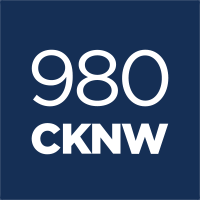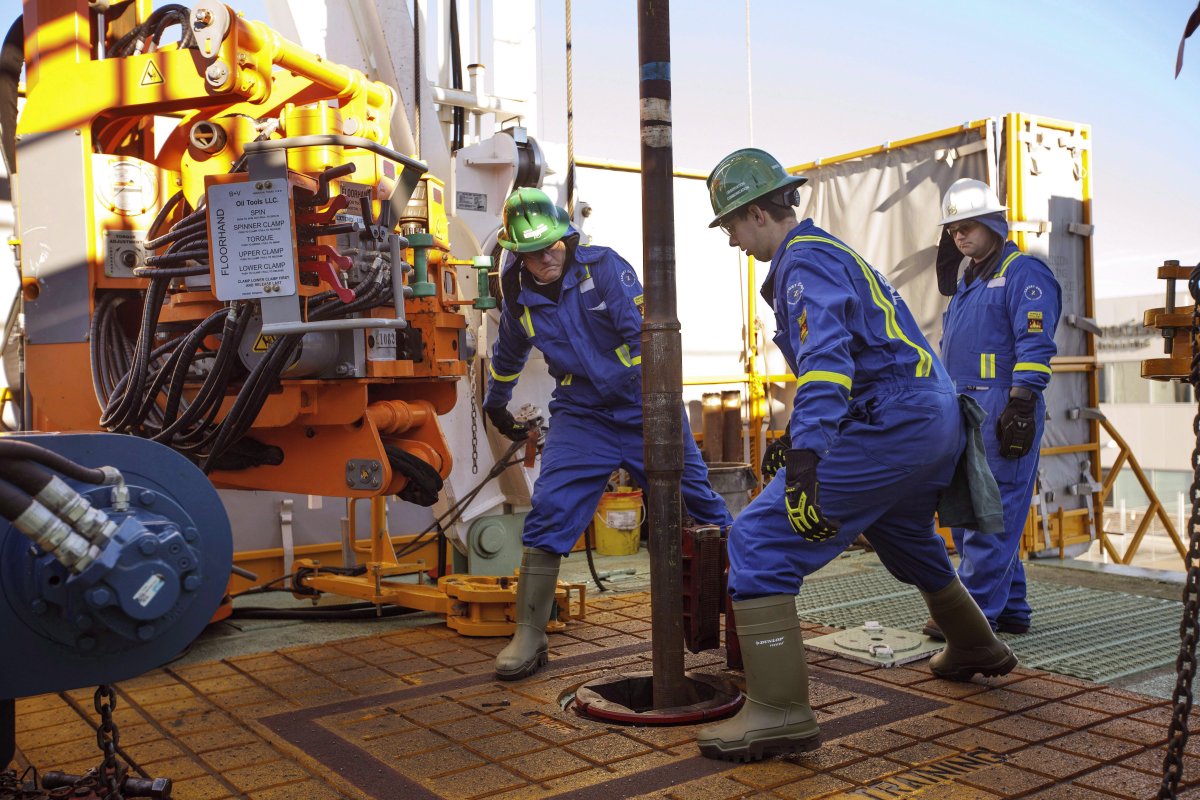WorkSafeBC is raising concerns about an increase in hearing loss among workers in the oil and gas drilling sector.

Hearing-test data collected by employers in the oil and gas drilling sector over five years indicates the percentage of workers showing signs of noise-induced hearing loss (NIHL) has increased by 12 per cent, from 33 per cent in 2012 to 45 per cent in 2017.
By comparison, 13 per cent of workers in all other noisy industries tested positive for NIHL in 2017.
Occupational audiologist with WorkSafeBC, Sasha Brown, says that most people who work in the industry are under 35.

Get weekly health news
“Now is the time that they should be protecting their hearing and setting themselves up for good hearing for the rest of their lives, so their age is something that kind of concerns me as well,” Brown told CKNW.
According to the Occupational Health and Safety Regulation and Guidelines, employers are required to provide hearing-loss prevention programs, monitor noise levels and conduct annual hearing tests for workers exposed to hazardous noise levels to prevent permanent hearing damage.
Brown said WorkSafeBC will also be working with employers about ways to protect their hearing.
“Education and training around noise levels and how to protect ones’ ears, and signage of course as to when to wear hearing protection and when to know when to reduce the amount of time spent around noise,” she said.
While the percentage of workers with NIHL has increased in the drilling sector, WorkSafeBC says the percentage of workers who reported wearing a hearing protection device has also increased, from 94 to 98 per cent, with a heavy reliance on A plugs, commonly known as foam earplugs.
Employers can take measures to prevent noise-induced hearing loss:
- Ensure all workers who are at risk are wearing sufficient hearing protection that fits, and that they understand how to properly wear it.
- Make sure workers insert or wear the correct hearing protection prior to entering a noisy environment and wear it until after exiting the noisy location.
- Rotate workers to different positions so they spend less time in noisy environments.
- Identify potential engineering controls to mitigate risk of exposure.
- Ensure workers have their hearing tested and are aware of their hearing-test results.












Comments